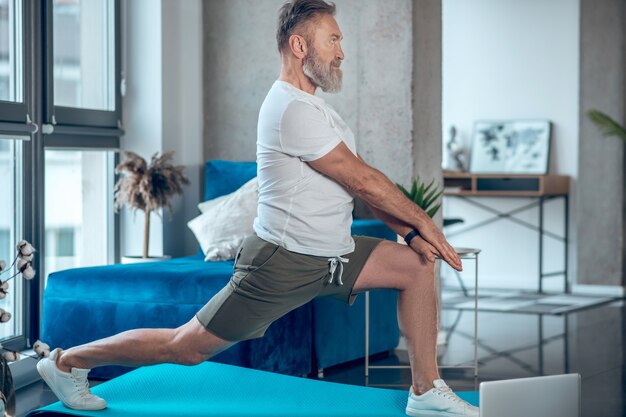Discovering the Ultimate Exercise for Osteoporosis Relief
Living with osteoporosis can be daunting, but you can take crucial steps to strengthen your bones and improve overall health, starting with the right exercise. What stands out as the best exercise for osteoporosis? Look no further than weight-bearing and resistance exercises, which have proven to be the most effective in supporting bone density and osteoporosis management.
The Power of Weight-Bearing Exercises
Weight-bearing exercises are activities where you move against gravity, requiring your bones and muscles to support more weight than in your normal daily movements. This process stimulates bone cells to grow stronger, crucial for anyone battling osteoporosis.
Examples of effective weight-bearing exercises include:
- Brisk walking or hiking: Walking is a low-impact exercise that improves cardiovascular health and boosts bone strength. Consider adding light increases in pace or incline for an enhanced effect.
- Dancing: Not only is dancing enjoyable, but it also helps in building bone density while boosting coordination and balance.
- Low-impact aerobics: These exercises gently work your body while minimizing stress on your knees and spine. Group classes can also provide a motivating and structured exercise environment.
The Strength of Resistance Exercises
Resistance exercises are activities that add load or resistance through weights or resistance bands, encouraging stronger muscle development and increased bone density. Building muscle helps support and protect bones, which can reduce the risk of fractures.
Here are a few resistance exercises perfect for osteoporosis:
- Lifting weights: Use dumbbells or weight machines to target specific muscle groups, improving strength and bone mass.
- Bodyweight exercises: Push-ups, squats, and lunges can be performed without any equipment, making them accessible for everyone while still being highly effective.
- Use of resistance bands: Resistance bands provide adjustable resistance levels, excellent for gradually increasing difficulty as your strength improves.
Balance and Flexibility: Critical Components
Apart from weight-bearing and resistance exercises, incorporating balance and flexibility workouts into your routine can mitigate falls, a serious concern for those with osteoporosis.
- Tai Chi and yoga: Both practices enhance flexibility, balance, and coordination, great for osteoporosis management.
- Simple balance drills: Standing on one leg or doing heel-to-toe walks can significantly improve balance.
Don’t Ignore Professional Guidance
Before beginning any new exercise regime, it is essential to consult with a healthcare professional, such as a physiotherapist, to devise a program that suits your specific needs.
While exercise is vital for managing osteoporosis, it’s also important to explore financial or educational resources offering additional support. Discovering aid programs, financial solutions, and educational grants can empower you to better cope with the lifestyle changes that often accompany health conditions.
🌟 Financial Assistance & Programs for Osteoporosis Support 🌟
- 📋 Medicare/Medicaid: These government programs can help cover medical expenses related to osteoporosis, such as doctor visits and treatments.
- 💪 Local Osteoporosis Support Groups: Many communities offer programs that provide access to free or low-cost exercise classes designed specifically for bone health.
- 🎓 Educational Grants: If osteoporosis has impacted your ability to work, consider exploring educational grants to skill-up for different employment opportunities.
- 🏋️ Non-Profit Organizations: Entities like the National Osteoporosis Foundation may offer resources and seminars on managing osteoporosis effectively.
Embrace the power of exercise and arm yourself with financial tools that enable better management of osteoporosis, leading to a healthier and more resilient you.

Related Topics
- a Nurse Is Caring For a Client Who Has Osteoporosis.
- a Percutaneous Is Performed To Treat Osteoporosis Related Compression Fractures
- Can Alcohol Cause Osteoporosis
- Can I Do Pilates If I Have Osteoporosis
- Can I Reverse Osteoporosis
- Can Men Get Osteoporosis
- Can Osteoporosis Affect Teeth
- Can Osteoporosis Be Cured
- Can Osteoporosis Be Painful
- Can Osteoporosis Be Reversed